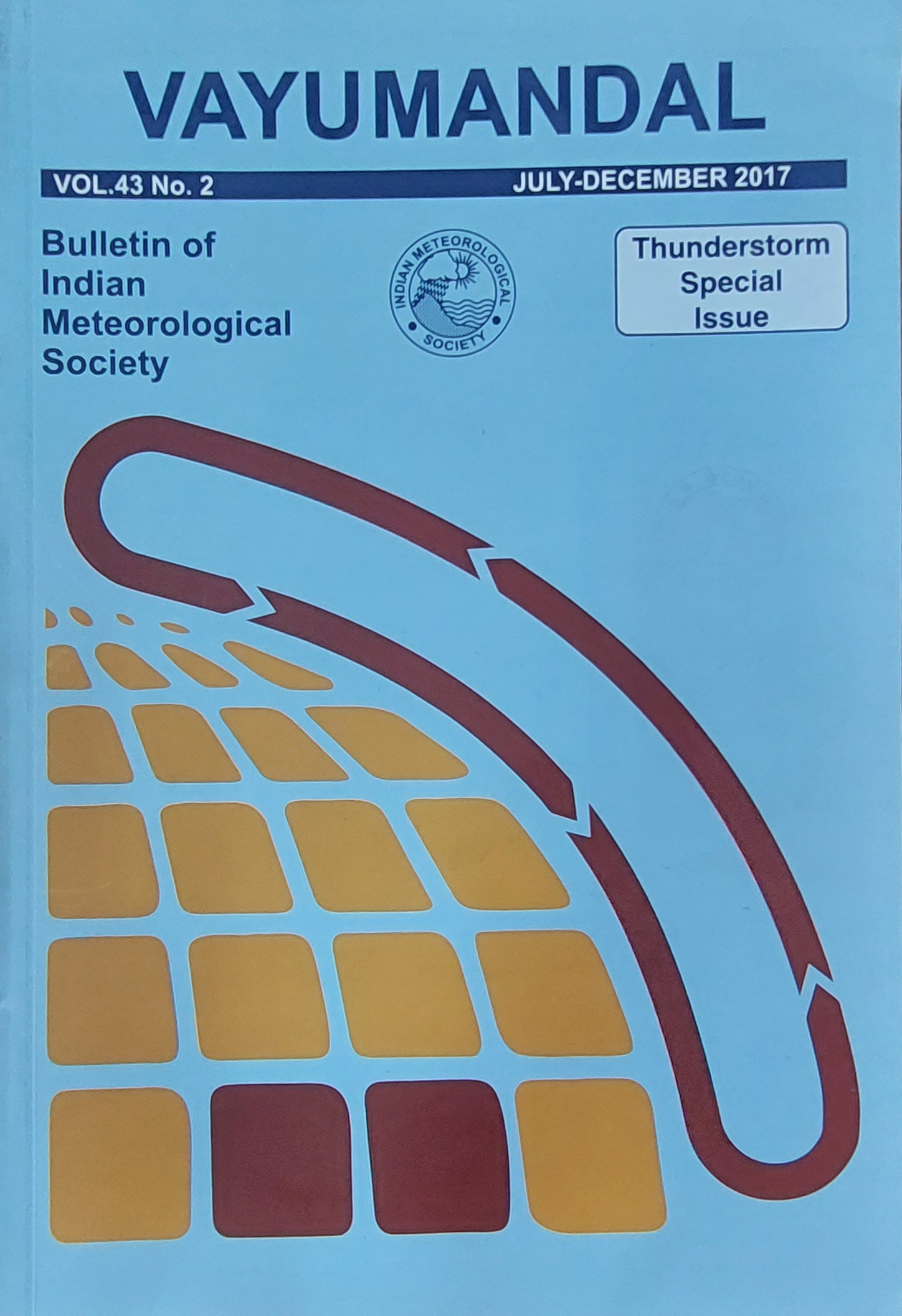Vulnerability of Surat, Gujarat to Flooding from Tapi River: A Climate Change Impact Assessment
Keywords:
Climate change, Flood plains, City resilience and Inundation.
Abstract
The impact of climate change on urban areas can be serious. We need to take adaptive measures to strengthen resilience of our cities. This is particularly important as our urban population is expected to increase by hundreds of millions in the coming decades. Due to vagaries of climate, increased anthropogenic activities and encroachments, and unmindful constructions along the river-banks, impact of floods on cities often become disastrous leading to loss of livelihoods, infrastructure and property damage in affected areas, and hardship for vulnerable communities. At the same time, the rapid growth of urbanization offers an opportunity to take proactive measures to adapt urban growth to make our cities more resilient to climate change. Urban climate resilience needs to rely on scientific data and sound analytical framework encompassing urban planning and socio-economic analysis. In this study, we have attempted to identify and analyze the immediate and medium-term impacts of flooding events in a rapidly growing urban system of Surat city (Gujarat, India). We have used HEC-RAS model to analyze inundation scenario in Surat. Two scenarios have been developed. In scenario-1, water discharge corresponding to the flood of 2006 has been modeled whereas in scenario-2 the water inflow considered is 1.5 times the volume of 2006. We have considered 50% increase in the inflow of Tapi river as the probable impact of future climate change. In addition to measuring the physical impacts of floods, we have studied the socio-economic impacts also to provide policy implications for developing adaptation capacity and city resilience plans. The analysis shows that west zone and north zone of the city are highly flood prone while south zone is least. Topographically, west zone is the lowest zone and hence it has more chances to get flooded severely. The results are particularly useful for the preparation of city development plans with a view to make cities resilient to climate change, minimize the damages and informing citizens about the risk of specific areas in the city to avoid construction there.
Published
2024-02-24
How to Cite
Parikh, K., Parikh, J., & Kumar, M. (2024). Vulnerability of Surat, Gujarat to Flooding from Tapi River: A Climate Change Impact Assessment. Vayumandal, 43(2), 120-129. Retrieved from https://vayumandal.imetsociety.org/index.php/Vayumandal/article/view/130
Section
Research Paper
Copyright (c) 2024 Vayumandal

This work is licensed under a Creative Commons Attribution-NonCommercial 4.0 International License.
All articles published by VAYUMANDAL are licensed under the Creative Commons Attribution 4.0 International License. This permits anyone.
Anyone is free:
- To Share - to copy, distribute and transmit the work
- To Remix - to adapt the work.
Under the following conditions:
- Share - copy and redistribute the material in any medium or format
- Adapt - remix, transform, and build upon the material for any purpose, even
commercially.


